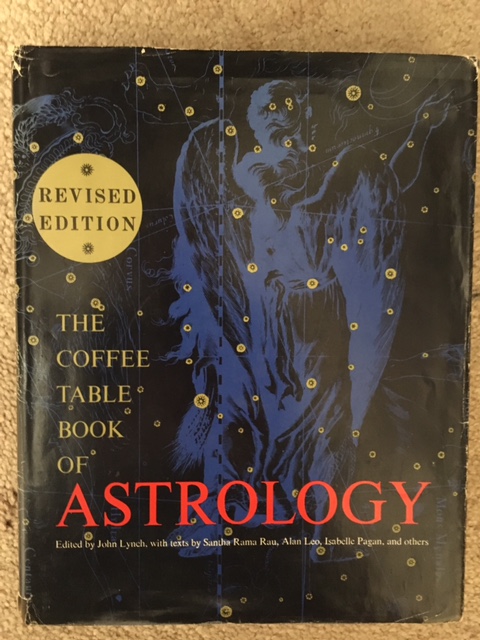Get Pupil Loans For College!
Network infrastructure assist. This work was carried out by the Jet Propulsion Laboratory, California Institute of Know-how, beneath contract with the National Aeronautics and House Administration (NASA). LEVEL5 is funded by way of the NASA Utilized Info Methods Analysis Program (AISRP). Since NED presently serves a large fraction of the world-extensive extragalactic research community with fused, multi-wavelength knowledge for millions of objects, it supplies a novel opportunity to introduce many astronomers to new analysis tools and protocols developed by the VO neighborhood. NED serves as an interface into its own database and now also as a portal for the extragalactic research neighborhood into an emerging federation of astrophysics data centers and service suppliers with queries listed by object names and coordinates synthesized by NED. The deliberate upgrades mentioned above will enable the usage of NED knowledge streams containing multi-wavelength, multi-dimensional data equivalent to SEDs and object classifications (with pointers to additional, distributed knowledge) in extragalactic information mining functions. As a key participant in the global Virtual Observatory (VO), NED will continue evolving the core features for information management that it offers right now, while supporting new initiatives via use of XML standards to ascertain larger levels of interoperability with different companies, cooperation in the event and software of new instruments for bulk dynamic catalog cross-identifications, serving massive multidimensional information streams from NED to interface with knowledge mining and visualization applications, and generally enabling new opportunities for discovery by leveraging new data technologies.
Part three describes the structure of the index information used by the Adverts search engine, the implementation of the procedures that create them, and using discipline-particular information to enhance search outcomes. Part 2.1 particulars the methodology behind our approach. Particulars about the pragmatic points of making. 2000) (OVERVIEW from right here on); details on the datasets in the Advertisements, their creation and upkeep is given in Grant et al. The creation and administration of links to both inside and external sources related to each bibliography in the database is made potential by representing them as a set of document properties and their attributes. Since we receive bibliographic information from a large number of various sources and in a wide range of codecs (Data), the creation and administration of those records require a system that may parse, establish, and merge bibliographic data in a reliable manner. Section 2 discusses the methodological method used in the administration of bibliographic records, their illustration in the system, and the procedures used for information exchange with our collaborators. Part 2.Three outlines the procedures used to automate information exchange between our system and our collaborators.
In section 6 we describe how the recent developments in technology. Over time, the system has evolved to incorporate full-textual content scans of the scholarly astronomical literature and an ever-increasing variety of hyperlinks to sources obtainable from different info suppliers, taking full benefit of the capabilities provided by the emerging expertise of the World-Large Web (WWW). A consultant problem is that amongst roughly a half-million objects in the Second Incremental Launch of the 2MASS Prolonged Supply Catalog, only about 10% had been previously recognized objects (established utilizing NED, prior to loading the 2MASS sources into the database), and only a small variety of identified NED objects with 2MASS cross-identifications have out there morphological or spectral classifications from the historic catalogs and literature. The NED and LEVEL5 development group consists of Kay Baker, Judy Bennett, Harold Corwin, Cren Frayer, George Helou, Anne Kelly, Cheryl Lague, Joseph Mazzarella, Barry Madore, Olga Pevunova, Marion Schmitz, Brian Skiff, and Dianna Schettini. He studied zoology and cell development at Dartmouth College in Hanover, N.H., and worked as a biochemist finding out cells at Woods Gap Marine Biological Laboratory in Massachusetts. The modular approach we adopted in software growth has allowed a excessive degree of freedom in prototyping and customization, making our system wealthy of options and but easy sufficient to be easily modified on a day-to-day basis.
To enhance world entry to the Advertisements information holdings, a variety of mirror websites have been created by cloning the database contents and software on a wide range of hardware and software program platforms. We conclude discussing the impression that new datasets, applied sciences and collaborations is expected to have on the Advertisements and its possible function in an built-in surroundings of networked sources in astronomy. NED can successfully serve this role because the database comprises 10-50 attributes (positions, redshifts, multi-wavelength photometric measurements, and object classifications) for hundreds of thousands of extragalactic objects. Clearly using classical approaches, even one involving handbook, interactive queries of NED and related on-line archives to classify the all of the previously recognized objects in 2MASS (or the SDSS) is impractical. NED gives data and relationships between multi-wavelength observations of tens of millions of extragalactic objects. Right here we briefly summarize an ongoing challenge to use NED and its interconnected archive assets to aid the strategy of automated, giant-scale galaxy classification. The bibliographic data maintained by the Advertisements challenge include a corpus of structured documents describing scientific publications. Bibliographic data are saved as a corpus of structured paperwork containing fielded data and metadata, while discipline-specific information is segregated in a set of recordsdata impartial of the bibliographic information itself.







